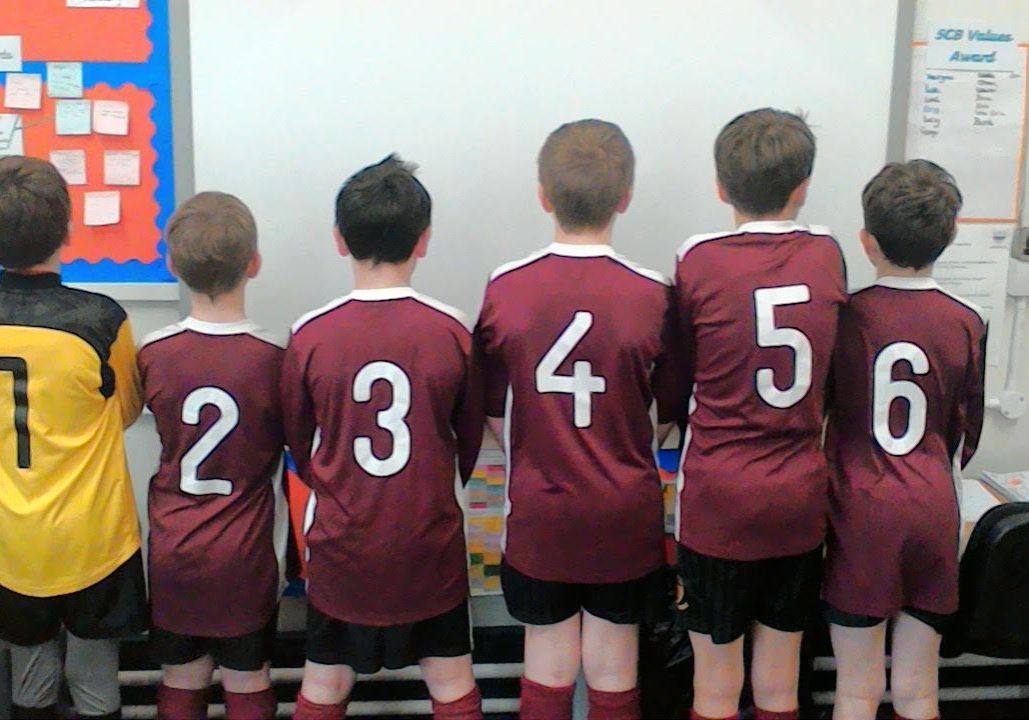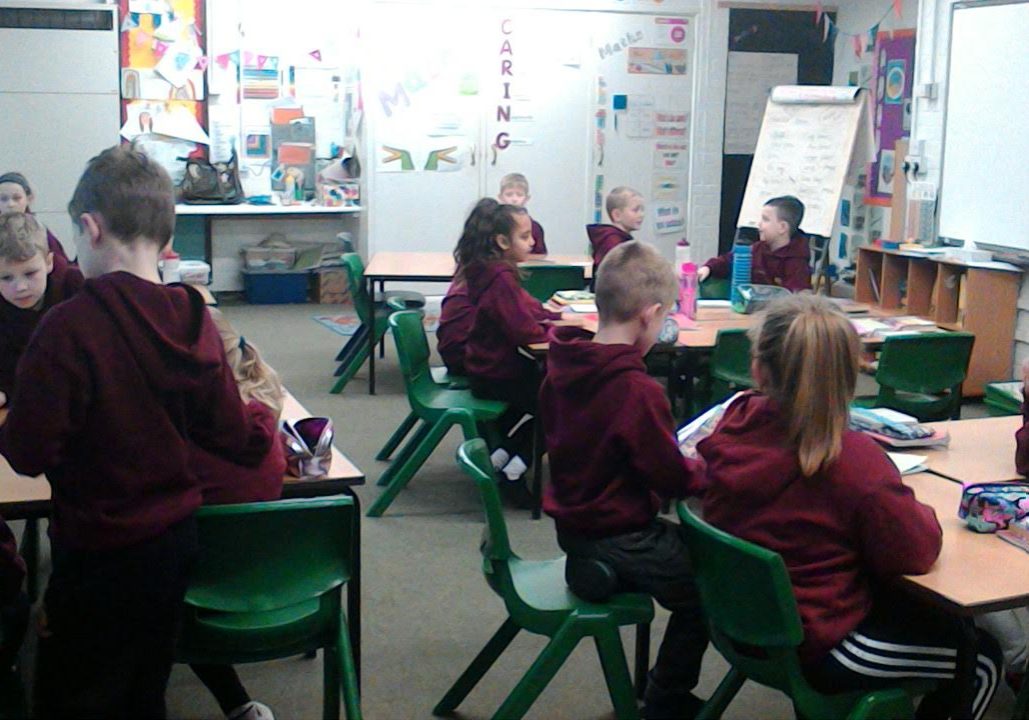Safeguarding – Types of Abuse
Recognising Concerns, Signs & Indicators of Abuse
Safeguarding is not just about protecting children from deliberate harm. For our school it includes such things as pupil safety, bullying, racist abuse and harassment, educational visits, intimate care, children missing education and internet safety etc. The witnessing of abuse can also have a damaging affect on those who are party to it, as well as the child subjected to the actual abuse, and in itself will have a significant impact on the health and emotional well-being of the child. Abuse can take place in any family, institution or community setting, by telephone or on the internet. Abuse can often be difficult to recognises as children may behave differently or seem unhappy for many reasons, as they move through the stages of childhood or their family circumstances change. However, it is important to know the indicators of abuse and to be alert to the need to consult further.
Physical Abuse
This can involve hitting, shaking, throwing, poisoning, punching, kicking, scalding, burning, drowning and suffocating. It can also result when a parent or carer deliberately causes the ill health of a child in order to seek attention through fabricated or induced illness. This was previously known as Munchhausen’s Syndrome by Proxy.
Emotional Abuse
Emotional Abuse is where a child’s need for love, security, recognition and praise is not met. It may involve seeing or hearing the ill-treatment of someone else such as in Domestic Violence or Domestic Abuse. A parent, carer or authority figure is considered emotionally abusive when they are consistently hostile, rejecting, threatening or undermining toward a child or other family member. It can also occur when children are prevented from having social contact with others or if inappropriate expectations are placed upon them. Symptoms that indicate emotional abuse include:
- Excessively clingy or attention seeking.
- Very low self-esteem or excessive self-criticism.
- Withdrawn behavior or fearfulness.
- Lack of appropriate boundaries with strangers; too eager to please.
- Eating disorders or self-harm
Sexual Abuse
Sexual abuse involves forcing or enticing a child or young person to take part in sexual activities, whether or not the child is aware of what is happening. This may include physical contact both penetrative and non-penetrative, or viewing pornographic material including through the use of the internet. Indicators of sexual abuse include: allegations or disclosures, genital soreness, injuries or disclosure, sexually transmitted diseases, inappropriate sexualized behavior including words, play or drawing.
Neglect
Neglect is the persistent failure to meet a child’s basic physical and/or psychological needs that can significantly harm their health and development. Neglect can include inadequate supervision (being left alone for long periods of time), lack of stimulation, social contact or education, lack of appropriate food, shelter, appropriate clothing for conditions and medical attention and treatment when necessary.





